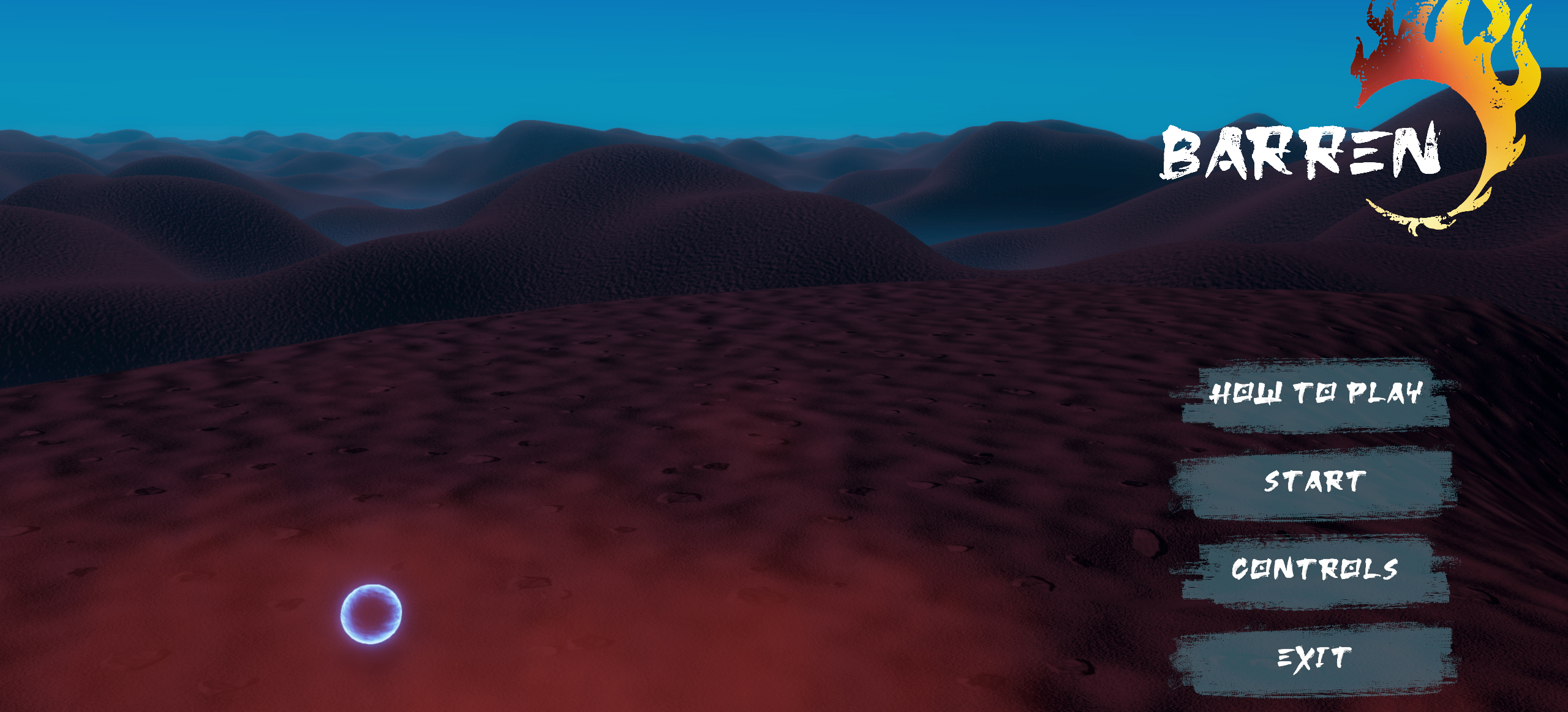Dev Log - Week 1
Nuno:
This week I've started by making a VERY low fidelity prototype in Unity, as a team we decided that if we were able to make a prototype with the very basics of the movement system in a day or two it would go a long way in identifying some issues that would be harder to spot in a paper prototype (such as the general controls, more on that in my colleague's post). After "finishing" this prototype I started working on the paper prototype, designing a general overworld "level" and an indoor section that has more of a puzzle vibe, requiring the player to think about how they will go about the whole section before starting it. In general, due to the nature of our game it is very easy to make one or two levels in a paper prototype, so, keeping in line with the philosophy of making a Unity prototype I decided to do this before touching the game design document, using these prototypes more as an easy way to discover blatant problems than more nuanced ones (which are the sort of problem generaly found in prototypes).
João:
Hi, this week I started by searching ways of implementing interesting movement systems with Unity. Namely components and specific methods that can be used to simulate physics in general. I quickly tested multiple approaches using a simple environment, such as: changing the rigidbody velocity property directly, changing the velocity by using functions such as AddForce() or applying forces using different force modes. Finally, together with Nuno built a very low fidelity prototype where I was able to spot various problems regarding the physics that we will have to properly tackle in the future. Since we want to achieve and very responsive and smooth movement system, throughouly understanding what the game engine offers in this regard is crucial. I also worked on the design document where I started by creating a bullet point list with our main goals for the experience and their respective success criteria. I also identified some games that have similar characteristics to ours, in each game I identified their strengths and weeknesses.
Rafa:
As we were setting unity up, my colleagues were looking into movement and physics.
I decided to inform myself on 3rd person camera implementations. We're interested in making a good dynamic tracking camera, and as it turns out, there is a really great plugin for unity that helps in this aspect. So I spent some time informing myself on what can be done with this.
As a team we've been thinking more about the general game design, and ways to solve problems we might have in the future. For exemple, having landmarks that need to be well designed, needing a very good ratio of 3D modelling and puzzle design, might need a skillset we don't master and thus end up badly designed or not well integrated with the world. To fix this we might use the idea of having other world levels, like in botw's shrines, but linear. This way the challenge can always be focused on good puzzle design with a nice linear challenge curve.
Apart from this I also drew some concept art to start figuring out where we want to head with visual design. A simple, minimalist yet striking design, is what I ended up with. This way we can focus on modeling an interesting world, while keeping the shader work to a minimum.
Francisco:
I've been thinking a lot about interesting materials and movement options for gameplay, as well as designing some challenges around the movement system. I'm currently prototyping these with good old pencil and paper, thus taking a more 2D approach to the design itself.
This way I can quickly think of various scenarios that make for interesting challenges, not only force the player to learn certain movement mechanics (skill checks), but also make them feel rewarded when they complete the challenge, by possibly having an upgrade system. This is still in discussion amongst the team though, but it is a possible direction we are considering.
Also, since I'm prototyping these in 2D, some of the challenges might not feel good to play in 3D, so we need to test some of them first before deciding to take this design avenue. This has been the biggest hurdle of this type of approach, designing something in 2D while having to imagine it in 3D and having to consider the camera tracking the player. Sometimes, a simple side to side movement in 2D might result in a very uncomfortable 3D back and forth, depending on the camera.
An approach that is being considered to tackle this issue is having these challenges set in the 3D game world, but from a 2D perspective, thus enabling more puzzle-like challenges to work, opening up our design space in that direction.
Get Barren
Barren
A sandbox exploration game about mastering an intricate physics driven movement system.
| Status | In development |
| Authors | LongJohnny, Dilup, Bahble, Nomig |
| Genre | Adventure |
| Tags | 3D, Exploration, Narrative |
More posts
- Dev Log - Week 11Jun 04, 2021
- Dev Log - Week 10May 28, 2021
- Dev Log - Week 9May 21, 2021
- Dev log - week 8May 14, 2021
- Dev log - week 7May 07, 2021
- Dev log - week 6May 01, 2021
- Dev log - Week 5Apr 23, 2021
- Dev log - Week 4Apr 16, 2021
- Dev Log - Week 3Apr 02, 2021
- Dev Log - Week 2Mar 26, 2021

Leave a comment
Log in with itch.io to leave a comment.